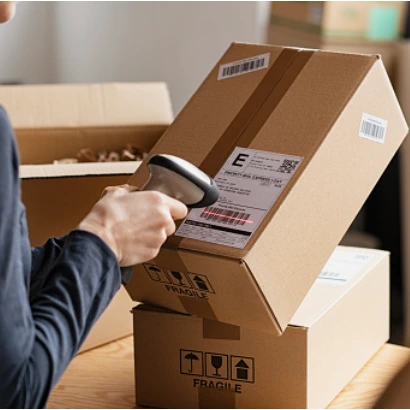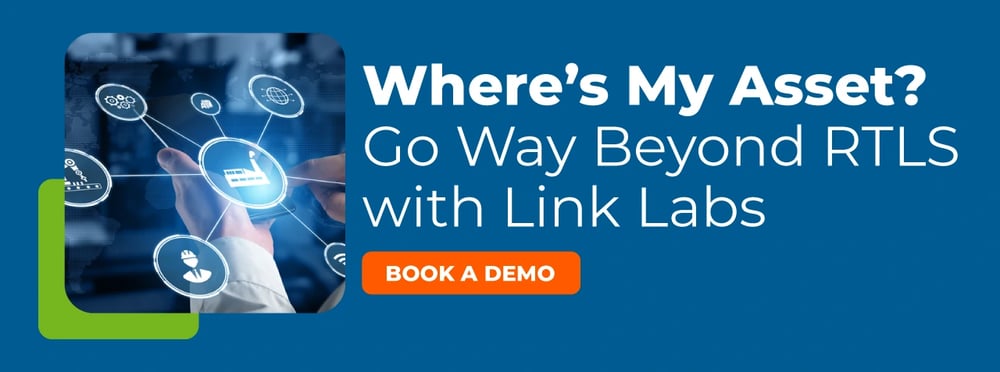Keeping track of inventory is essential for every manufacturing facility. This need has led many companies to invest in an asset tracking system that uses barcode scanning. When you’re running a large manufacturing facility, it’s hard to keep up with all the changes in technology. Barcodes were a great option when they first came out, but are you aware of the other technologies that have become available since then?
What is a Barcode Scanning System?
Barcode scanning systems consist of a barcode label and reader. Companies attach barcode labels to individual assets and manually scan the inventory with readers. Each barcode has data or information assigned that is viewable with a phone or computer. When used for asset tracking instead of retail, barcode data is viewable inside the asset tracking database.
Barcode scanning is an inexpensive and outdated way for companies to track their assets. When barcode scanners first came out, they were the best option for companies looking to gain visibility of their moveable assets. Companies went from nothing to something, but technology has changed since then, and for the better. Many companies that use barcode scanners aren’t aware of new technology options to provide more visibility and other benefits that barcodes can’t.
Why RTLS Technology is Better Than Barcode Scanning
RTLS, or Real Time Location Solution, is a form of IoT technology used to help with asset tracking in companies. RTLS trackers provide current or real-time visibility of your assets. RTLS tracking is an automated system that updates an asset’s location as it moves from one place to another. Instead of relying on someone to remember to scan the inventory, you can have peace of mind knowing your RTLS solution is doing the work for you. Barcode asset tracking leaves room for human error, whether forgetting to scan the barcode or losing the log sheet with location information. By closing those gaps, RTLS ensures you never lose your tools again.
RTLS systems do more than provide a way to improve tool tracking. RTLS systems can monitor the surrounding environment for changes in temperature and pressure. There’s even an alert system you can set up to send notifications when a tool is moving between workstations. Monitoring deters any potential pilferage and helps with loss prevention. RTLS improves workflow efficiencies by reducing downtime spent waiting for a tool to be found. These advantages are causing companies to switch from barcode tracking to real-time tracking.
Increase Your ROI by Investing in AirFinder OnSite
- Low Cost. AirFinder OnSite XLE is a fraction of the cost of competitors' pricing.
- Long Battery Life. XLE lasts up to 7 years with hundreds of location updates daily.
- Increased Efficiency. Spend less time looking for assets, and more time being productive.
How Do I Make the Switch?
Using the same asset tracking system for years may lead to some hesitation before upgrading, as change can be difficult to grasp initially. Link Labs makes the implementation process easy. From the moment you contact us through solution deployment and beyond, our team will guide you through the process of implementation and usage. Our team will even come on-site to help you set up, and teach you how to use the new system.
Our RTLS asset tracking system, AirFinder, improves the way any manufacturing facility runs. Barcodes are becoming a thing of the past, and Link Labs is here to guide you into the future! Find out how our AirFinder solution can go above and beyond your current barcoding system by booking a demo with us today!






